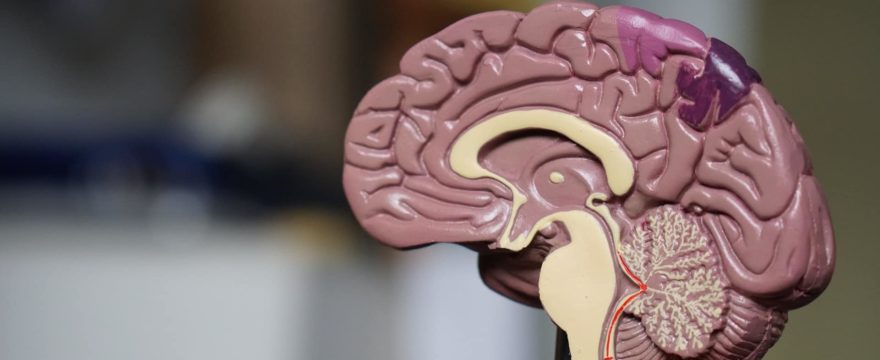by Dominique Padurano, M.S., Ed., Ph.D.
Left brained versus right brained. STEM versus humanities. For too long, the field of education siloed disciplines and ways of thinking into mutually exclusive, even contradictory, lives of the mind. Recent developments in neuroscience, however, have debunked false dichotomies relegating creativity to the right hemisphere, for example, and numerical analysis to the left. As an educator and college essay coach intrigued by neurobiology’s implications on learning, I propose that we integrate some core principles of AI and machine learning into the process of teaching and learning writing.
“Data” as Foundational
Defined as “the study of computer algorithms that can improve automatically through experience and by the use of data,” machine learning holds several clues for how to become a great writer (or, at least, how to write a great college application essay). First, machines and essays both require data. In the world of writing, that “data” consists of conversations we’ve held, sensations we’ve felt, and stories we’ve told ourselves.
Teens with whom I work often begin believing that their personal statements need to recount an epic triumph in order to earn them acceptance to college. Unless they’ve climbed Mount Kilimanjaro or beat cancer, they fear that they “have nothing to say.” What they don’t realize is that every single moment that we’ve lived carries the latent potential of a great essay.
But even for a sixteen year old, that’s a lot of data. How do students figure out what’s “useable data” and which lived moments are mere proverbial chaff?
Improvement Through Experience

While others might have penned similar aphorisms, Nathaniel Hawthorne implicitly recognized the essential role of revision when he wrote, “Easy reading is damned hard writing.” For the writer, revision is akin to the machine’s automatic improvement “through experience.”
In draft after draft, students eventually learn which lived moment illustrates their personal brand most effectively. They hear which synonym evokes the exact emotion they’re intending. Eventually, these “data” points stay – and the others get thrown away.
The Role of a Mentor (aka College Essay Coach)
The throwing away, however, is the hard part. Because so many students become so emotionally attached to their own words, I usually advocate “overwriting.” Having more data in the beginning of the process is easier than having too little.
But as we begin our editing, I sometimes don my amateur therapist’s cap, assuring students that “less is more” – and that Google Docs has saved our prior drafts (thank you, AI!) in case we want to add back in something we’ve cut. Convincing students often afraid to fail to persevere despite the fact that their first drafts won’t win Pulitzers (or immediate acceptance to Yale) has become tougher each year.
Eventually, though, they get it. Guiding students through my seven-step writing process, I help students winnow their way towards useable data by releasing their attachment to the rest. In the process, they don’t just write a 650-word personal statement. They learn the necessity of iteration to the creative process. This lesson is by far the more important one, whether they become writers, coders, or anything in between.
About the Author
Dominique Padurano, M.S., Ed., Ph.D. – affectionately known as “Dr. P.” to students – is the Founder and President of Crimson Coaching LLC. A solopreneur, Harvard grad, and former high school teacher, she provides academic tutoring, test prep, and college coaching to students worldwide. To learn more about Dr. P. and Crimson Coaching’s practice, visit www.crimsoncoaching.com.
